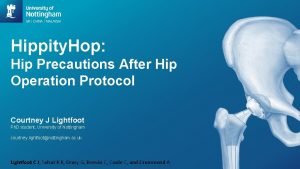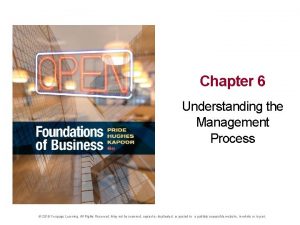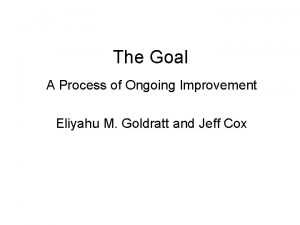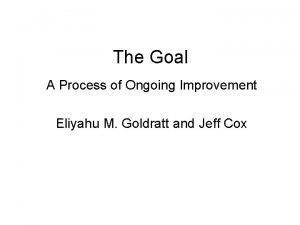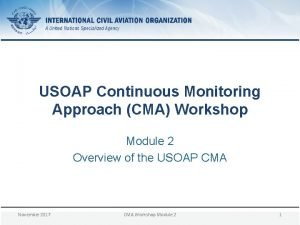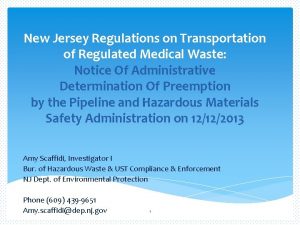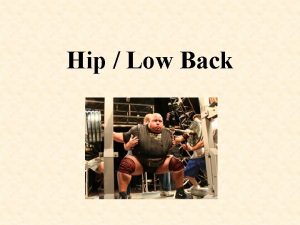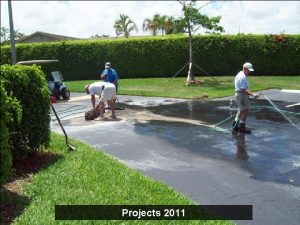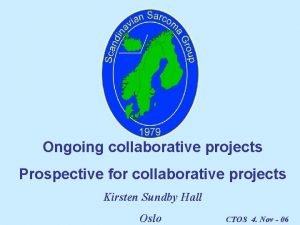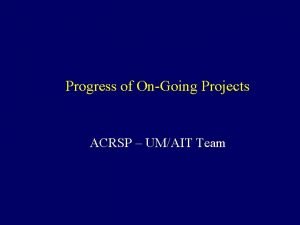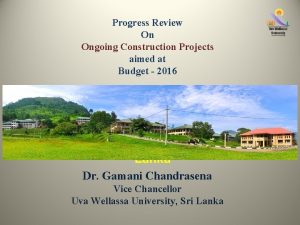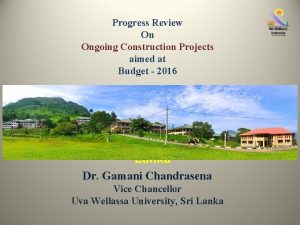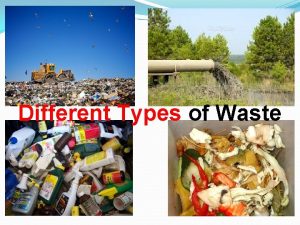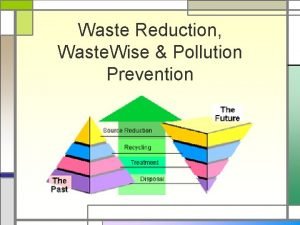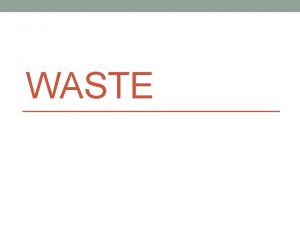Progress on Ongoing Waste form HIP projects E
















- Slides: 16

Progress on Ongoing Waste form HIP projects E. R. Vance, D. J. Gregg and D. T. Chavara ANSTOsynroc, Locked Bag 2001, Kirrawee DC, NSW 2232, Australia MRS 2017, November 01, Sydney

Projects • • FLi. Na. K waste Spent UO 2 fuel ANM ILW Acidic 99 Mo ILW • 99 Mo LLLW • Cu. I

HIP process summary

Idaho HLW calcines (USA) Waste loading: Scale: Durability: Final Volume: 80% 30 Kg 100 x EA Glass 35% reduction (relative to untreated calcine) glass 90 mm

Li. Cl-KCl pyroprocessing waste • A lot of work on sodalite, Na 4 Al 3 Si 3 O 12 Cl, for 0. 59 Li. Cl-0. 41 KCl eutectic (waste loading ~13 wt. %). • Sintering with glass precursors-glass necessary to incorporate many FPs. • HIPing with glass precursor • Some work on removing Cl then using borosilicate glass for what’s left, but some 36 Cl to consider

FLi. Na. K pyroprocessing waste • Little work on FLi. Na. K eutectic (0. 29 Li. F 0. 12 Na. F-0. 59 KF): candidates include Ca 10(PO 4)6 F 2 apatite with non-Li alkalis in Ca site- need some glass for Li- but waste loading <10 wt% • Our approach is to add Ca to allow F to inhabit Ca. F 2 and Al, B, Si oxides for alkalis to inhabit glass.

FLi. Na. K • Starting chemicals were Li. F, Na. F and KF, plus Ca(OH)2, Al(NO 3)3. 9 H 2 O, H 3 BO 3, Ludox 50, stirdried in water and calcined in air at 600 o. C. • XRF agreed well with starting composition • XRD: Ca. F 2 with amorphous and minor phases. • LOI at 800 o. C: <~3% • Plan is to HIP at 700 and 800 o. C

Calcined FLi. Na. K waste forms • Shows major Ca. F 2* + minors * * *

Sintered FLi. Na. K waste forms • Shows major Ca. F 2* + minors * * *

Spent UO 2 Fuel • Original was sintered Synroc-F. Major phase is Ca. UTi 2 O 7 plus minor hollandite and rutile. Waste loading ~45 wt%. • We have added glass for reactivity (using sol-gel methods) and second string of FP immobilisation and HIPed at 1250 o. C/100 MPa to get near 100% T. D. • Optimising redox conditions between allowing U 5+ in over-oxidised conditions and Ti 3+ in over-reduced conditions • Scale-up to L+ size to be carried out

ANM ILW waste • ~5000 L/yr, mainly 6 M Na. OH • Achieved waste loading of ~26 wt% on HIPing ~25 L container of calcine at 1100 o. C/100 MPa • Composition can tolerate chemical variations of +/- 10% and insensitive to minor impurities. ©

Acidic 99 Mo ILW • Waste is UO 2(NO 3)2 solution plus minor FPs. • Waste form is close to synroc-F (Carter et al. , JNM, 384, 322 -6 (2009), HIPed at 1250 o. C/100 MPa. • Project is scale-up to ~1 L size with ~20 wt% glass addition • Waste loading ~ 35 wt%.

ANM LLLW • Waste is basically Li 2 SO 4 with minor components • Both alkalis and sulphate are problematic for cement so have looked at HIPed waste form (850 o. C/100 MPa) in which SO 42 - precipitated as Ba. SO 4 and Li incorporated in glass. • Waste loading close to 20 wt% and passes PCT for all elements.

Cu. I • • Cu. Cl powder will exchange Cl for I (near 100%) Cu. I stable in Ar up to melting point of 605 o. C Low Ksp HIPed Cu. I powder at 550 o. C/100 MPa) gave ~85% T. D. • I release in PCT <1%, but while OK with Ni or Cu powder, complete dissolution with Fe powder. • Can be made from Cu 2+ salts

Cu. I • However for extra protection sintered a pellet at 550 o. C in Ar (wt loss ~2% due to oxidation) and surrounded it with Sn metal powder and HIPed at 200 o. C (M. P. of Sn is 231 o. C)

Conclusion • Substantial progress is being made in several projects. – Molten salt waste (Cl and F) – ANM Wastes: ILW, LLW, legacy ILW acidic and filter cups – Engineered wasteform for spent fuel – Iodine wastes – HIPed glass
 Hip hop hip to the hippity
Hip hop hip to the hippity Hip to the hippity hop
Hip to the hippity hop Physical progress and financial progress
Physical progress and financial progress Focused professional practice evaluation
Focused professional practice evaluation Chapter 6 understanding the management process
Chapter 6 understanding the management process Interrupted actions in the past
Interrupted actions in the past Initial planning nursing
Initial planning nursing Nursing process model
Nursing process model The goal boy scout hike
The goal boy scout hike The goal boy scout hike
The goal boy scout hike Ongoing or on-going
Ongoing or on-going Ongoing assessment early childhood
Ongoing assessment early childhood Cma usoap
Cma usoap Construction work ongoing
Construction work ongoing Consumer behavior chapter 8
Consumer behavior chapter 8 Focus or ongoing assessment
Focus or ongoing assessment Nj medical waste tracking form
Nj medical waste tracking form

